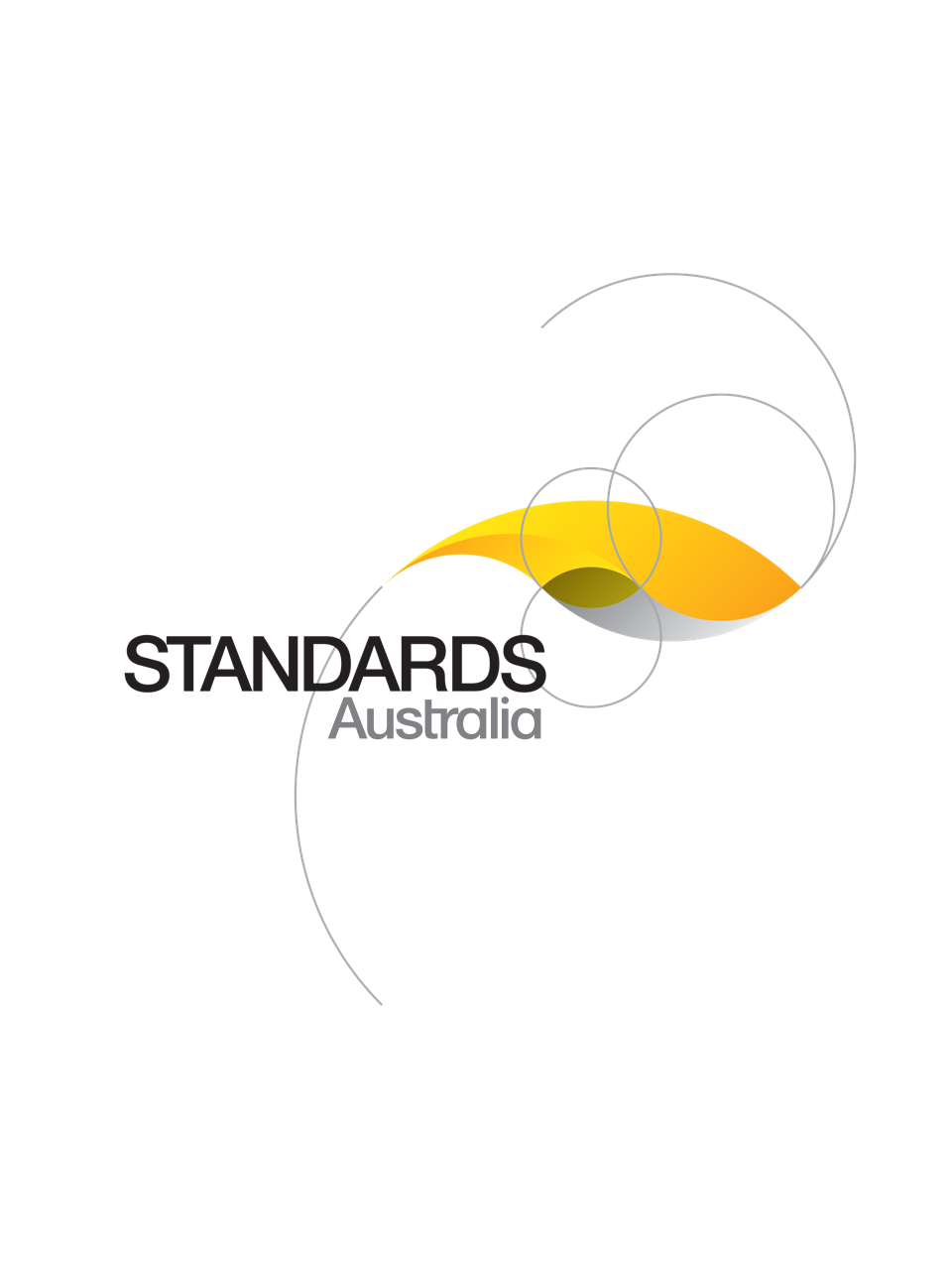Standard
Track updates
AS ISO 14692.3:2022
[Current]Petroleum and natural gas industries — Glass-reinforced plastics (GRP) piping, Part 3: System design
AS ISO 14692.3:2022 identically adopts ISO 14692 3:2017, which outlines requirements for the design of GRP piping systems. The requirements and recommendations apply to layout dimensions, hydraulic design, structural design, detailing, fire endurance, spread of fire and emissions, and control of electrostatic discharge.
Published: 13/05/2022
Pages: 36
Table of contents
Cited references
Content history
Table of contents
Header
About this publication
Preface
Foreword
Introduction
1 Scope
2 Normative references
3 Terms and definitions
4 Layout requirements
4.1 General
4.2 Space requirements
4.3 System supports
4.3.1 General
4.3.2 Pipe-support contact surface
4.4 Isolation and access for cleaning
4.5 Vulnerability
4.5.1 Point loads
4.5.2 Abuse
4.5.3 Dynamic excitation and interaction with adjacent equipment and piping
4.5.4 Exposure to light and ultraviolet radiation
4.5.5 Low temperatures and requirements for insulation
4.6 Fire and blast
5 Hydraulic design
5.1 General
5.2 Flow characteristics
5.3 General velocity limitations
5.4 Erosion
5.4.1 General
5.4.2 Particulate content
5.4.3 Piping configuration
5.4.4 Cavitation
5.5 Water hammer
6 Generation of design envelopes
6.1 Partial factors
6.1.1 Design life
6.1.2 Chemical degradation
6.1.3 Fatigue and cyclic loading
6.2 Part factor,f2
6.3 Combinations of part factor and partial factors
6.4 Design envelope
7 Stress analysis
7.1 Analysis methods
7.2 Pipe stress analysis software
7.3 Analysis requirements
7.4 Flexibility factors
7.5 Stress intensification factors
7.6 Modelling fittings
7.7 Allowable deflections
7.7.1 Vertical deflection in aboveground piping systems
7.7.2 Vertical deflection in buried piping systems
7.8 Allowable stresses
7.9 External pressure
7.10 Axial compressive loading (buckling)
7.10.1 Shell buckling
7.10.2 Euler buckling
7.10.3 Buckling pressure — Buried piping
7.10.4 Upheaval buckling pressure
7.11 Longitudinal pressure expansion
8 Other design aspects
8.1 Fire
8.1.1 General
8.1.2 Fire endurance
8.1.3 Fire reaction
8.1.4 Fire-protective coatings
8.2 Static electricity
9 Installer and operator documentation
Annex A
A.1 General
A.2 Formulae for A3
A.3 Theory and background
A.3.1 Uni-directional versus 54° laminates
A.3.2 Fatigue limit
A.3.3 Cyclic regression rate versus load ratio, Rc
Annex B
B.1 General
B.2 Flexibility factors
B.2.1 General considerations
B.2.2 Flexibility factors for bends
B.2.3 Flexibility factors for tees
B.3 Stress intensification factors
B.4 Modelling fittings
B.5 Optional combined loading test
Bibliography
Cited references in this standard
